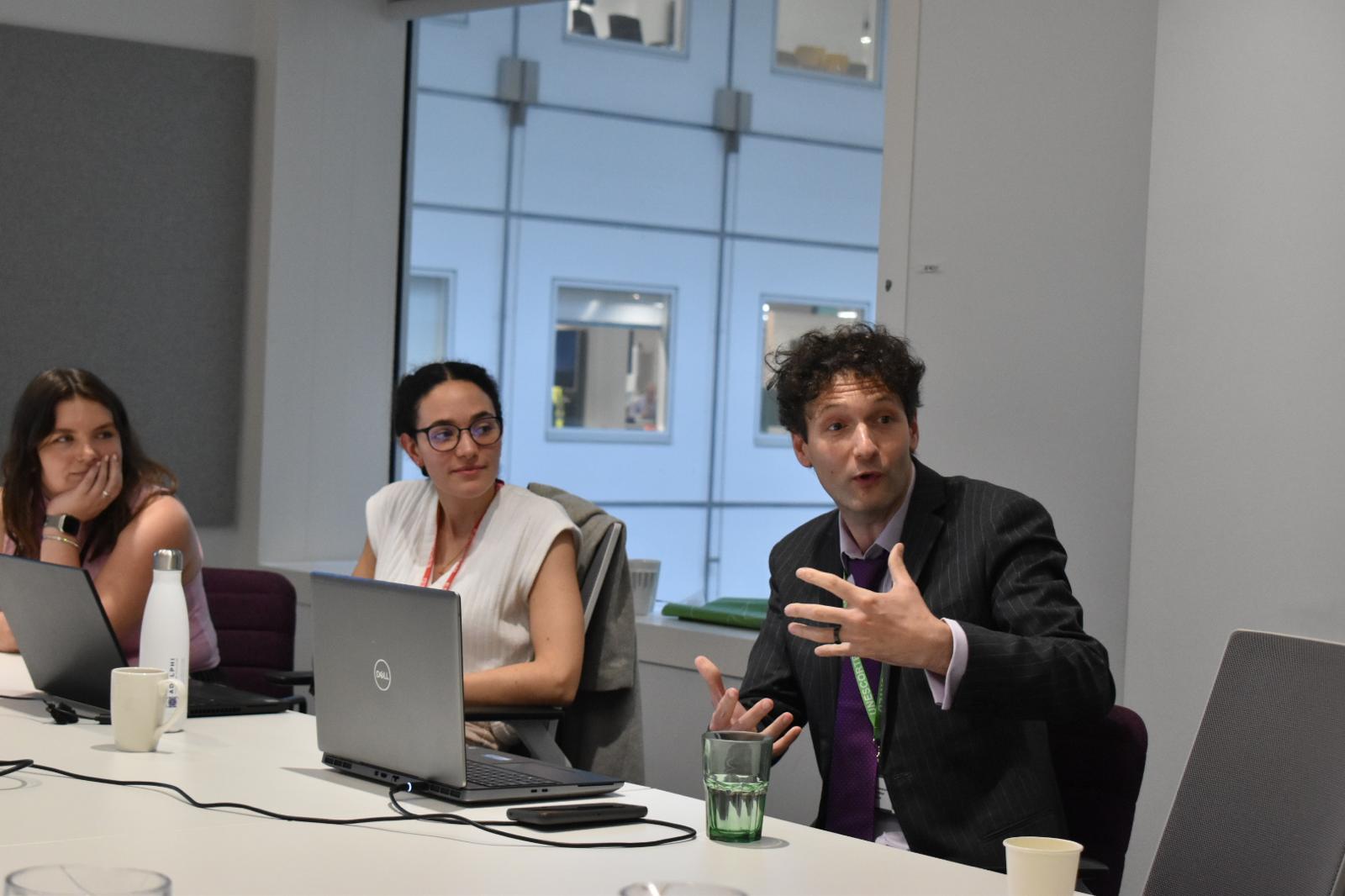With a health system increasingly under pressure for immediate improvements, how do we find time for valuable Population Health Management (PHM) analysis to generate impactful impacts for the long term? Health Economics Unit Chief Analyst David Sgorbati explores how we can see the bigger picture when the small one seems so important, with the help of 90s dance classic What is Love?
At conferences or meetings, I often find myself discussing Population Health Management (PHM). The principles are almost universally accepted: using data to truly understand the complexity of a population, considering the wider determinants of health, and planning for the long term to improve care and outcomes are key to providing the right services to our citizens and to reduce health inequalities. It’s hard to argue against these ideals.
But in every room, without fail, there’s always at least one person who raises their hand with a very valid, very real pushback:
“That’s all well and good, David, but my A&E is on fire. I can’t waste time talking about these beautiful, population-based long-term ideas when we’re dealing with crises right now.”
This sentiment is one I truly understand. In the Health Economics Unit, we’re consultants, and that means we go where the pressure is highest, where scrutiny is the greatest, and, unsurprisingly, where the most money is being spent. Emergency care is a prime example of this. Over the last two years, much of our time has been focused on optimising patient flow in emergency departments, partnering with both the Department of Health and the New Hospital Programme. When you’re fighting to keep emergency departments afloat, PHM can seem a world away.
But that’s where I like to bring in what I call the Haddaway Principle.
The Haddaway Principle
For those who don’t remember (or weren’t around for) Haddaway, he’s the Trinidad-born singer behind the 1993 dance hit What Is Love. The song opens with a profoundly simple question: “what is love?” Now, life would be much easier if there were a straightforward answer to this, but of course, there isn’t. The rest of the song, instead of offering answers, focuses on Haddaway’s pain and confusion after being dumped. In his moment of emotional turmoil, he is fully absorbed by the present — the “now.” Yet, despite his suffering, Haddaway keeps coming back to that same, hard-to-answer question: “What is love?”
Here’s the thing: even though the answer remains elusive, Haddaway won’t let it go. He keeps coming back to it because he knows it’s important.
What Does This Have to Do with PHM?
Just like Haddaway, when we’re deep in the trenches of emergency care, facing immense pressures, we can get consumed by the “now” — tackling flow, capacity, and waiting times. And rightly so, because people’s lives depend on it. But, and this is the key, we should always return to the central questions of PHM, no matter how distant they seem from today’s crisis.
In our work on emergency care, we make it a point to keep asking:
- Who is the population we’re serving?
- What factors are driving their behaviours?
- What changes upstream might prevent these presentations in the first place?
- What data, beyond health alone, can help us plan better for tomorrow?
As we worked on emergency flow optimisation, we found ourselves surrounded by colleagues focused on demand forecasting, activity mitigation, and evaluating new interventions — all key elements of PHM. We discovered that by connecting our efforts with theirs, we could meet today’s urgent needs while laying the groundwork for the long-term vision of PHM.
In other words, even though we’re handling the emergency now, we don’t lose sight of those fundamental PHM questions. They might not get fully answered today, but we must keep asking them to make tomorrow better.
The reality is that healthcare today is dominated by pressures, targets, and priorities that demand immediate action. Often, this pulls us downstream to address the medical problems and operational bottlenecks of the present. But the Haddaway Principle reminds us to keep circling back to the fundamentals of PHM — understanding populations, addressing wider determinants of health, and planning for the future.
We can’t always solve these big-picture problems right away, but by constantly returning to them, even in the midst of crisis, we ensure we are building for a better, more resilient healthcare system, one step at a time.
Talk to us about PHM and find out how we can help you discover valuable insights for your system. Contact us here.
